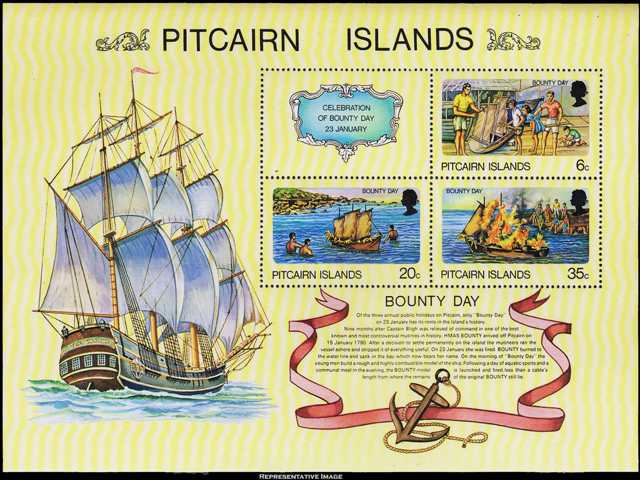Explore the captivating history of Bounty Day on Pitcairn Islands, commemorating the HMS Bounty mutiny. Discover the unique celebrations on this British Overseas Territory with its rich English-Polynesian heritage.
January 23: Bounty Day on Pitcairn Islands
In the vast expanse of the South Pacific Ocean lies a tiny and remote British Overseas Territory known as Pitcairn Islands. While this archipelago comprises four volcanic islands, only one, Pitcairn, is inhabited, and it is here that a distinctive celebration takes place annually—Bounty Day.
The roots of Bounty Day stretch back to the dramatic events of January 23, 1790, when the HMS Bounty, a British ship on a mission to transport breadfruit plants from Tahiti to the West Indies, became the epicenter of a bloodless mutiny. The crew, enchanted by Tahiti’s allure, rebelled against their captain, William Bligh, leading to a tale of survival and a unique cultural fusion.
Following the mutiny, the rebels, now known as mutineers, sailed back to Tahiti, dropping off those who chose to stay despite the inevitable legal consequences. The remaining mutineers, accompanied by Tahitian men and women, set sail for Pitcairn Island, an uninhabited land that would become their refuge.
Upon landing on Pitcairn, the mutineers undertook a remarkable act—they burned the HMS Bounty. This symbolic gesture aimed to prevent the discovery of the ship by the Royal Navy and discourage any attempt to flee the island. It marked the birth of Bounty Day, commemorated as a public holiday on Pitcairn Island.
Bounty Day celebrations on Pitcairn are a testament to the island’s rich maritime history and the resilience of its community. The day unfolds with picnics, boat races, and various festivities. However, the most significant tradition involves the burning of a model of the HMS Bounty, an homage to that pivotal moment in 1790.
Despite its historical significance, Pitcairn Island is a place of surprising contrasts. With a current population of around 50 people, all descendants of the original mutineers and Tahitians, Pitcairn maintains a unique English-Polynesian cultural blend. The island, part of a group of four designated as the Pitcairn Islands, stands as a testament to the enduring legacy of the Bounty mutiny.
Intriguingly, Pitcairn’s economy is intertwined with tourism, welcoming visitors who arrive by cruise ships or charter boats for day visits or more extended stays. Accommodations are unconventional, with tourists experiencing “home stays” among the local families, offering an intimate glimpse into Pitcairn life.
Despite its small size, Pitcairn boasts an intriguing social structure. A single church building, representing the Seventh-day Adventist denomination, serves the community, and education is facilitated through a sole school that accommodates children up to age 12. Teenagers pursue further studies through various means, including travel to New Zealand, long-distance courses, or homeschooling.
As we reflect on Bounty Day, we are invited into this remote corner of the world—a place that, while seemingly isolated, holds a fascinating history and a resilient community that continues to thrive against the backdrop of the vast Pacific Ocean.

